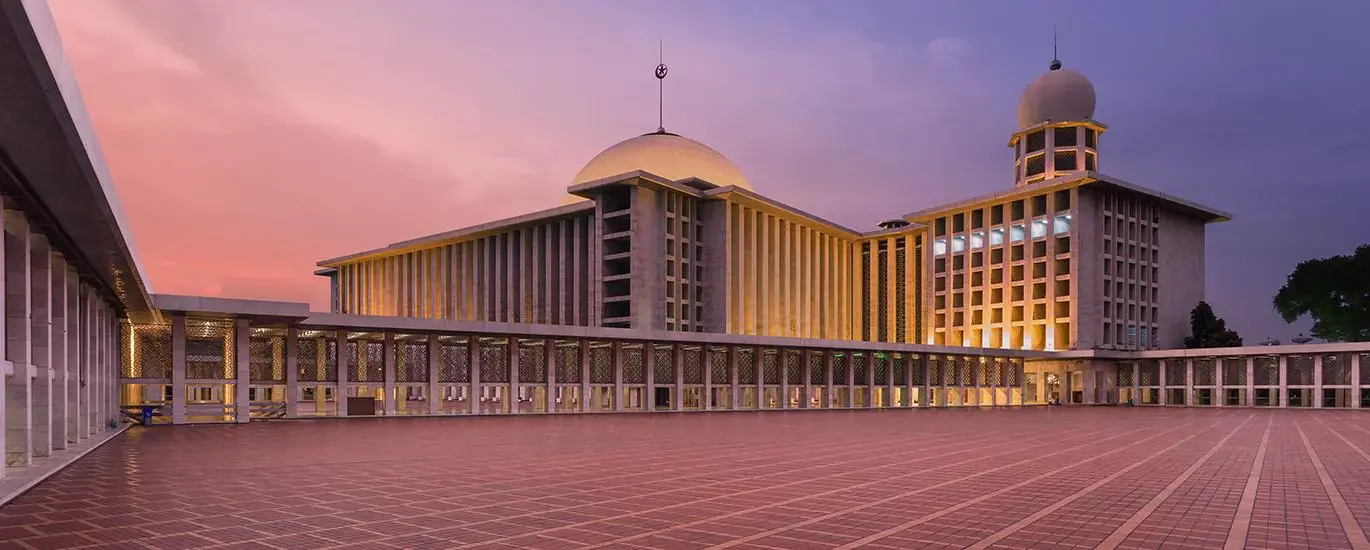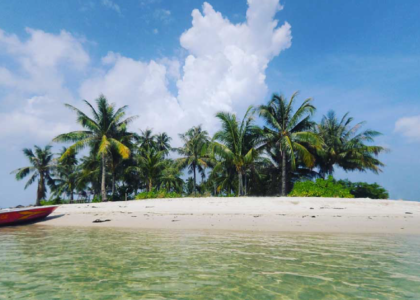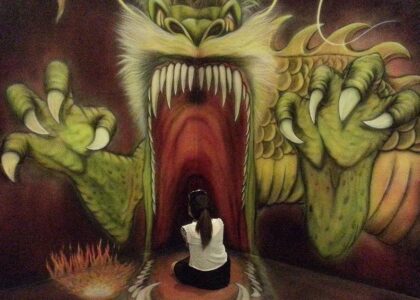The Istiqlal Mosque in Jakarta, Indonesia, is the largest mosque in Southeast Asia and a potent symbol of the nation’s independence. Its name, derived from Arabic, means “Independence,” commemorating Indonesia’s long struggle for freedom.
Conceived under the administration of Indonesia’s first president, Sukarno, its construction began in 1961 and was completed in 1978 after 17 years. Uniquely, the design competition was won by Frederich Silaban, a Christian architect, underscoring the mosque’s message of religious tolerance and national unity.
Architecturally, it features a modern, minimalist design with a vast rectangular prayer hall covered by a 45-meter diameter dome, the number symbolizing Indonesia’s independence year, 1945. The hall is supported by twelve round columns, representing the Prophet Muhammad’s birthday. The mosque also has a towering, single minaret, symbolizing the oneness of God. With a capacity for up to 120,000 worshippers, Istiqlal stands proudly across from the Jakarta Cathedral, embodying the nation’s commitment to interfaith harmony.






